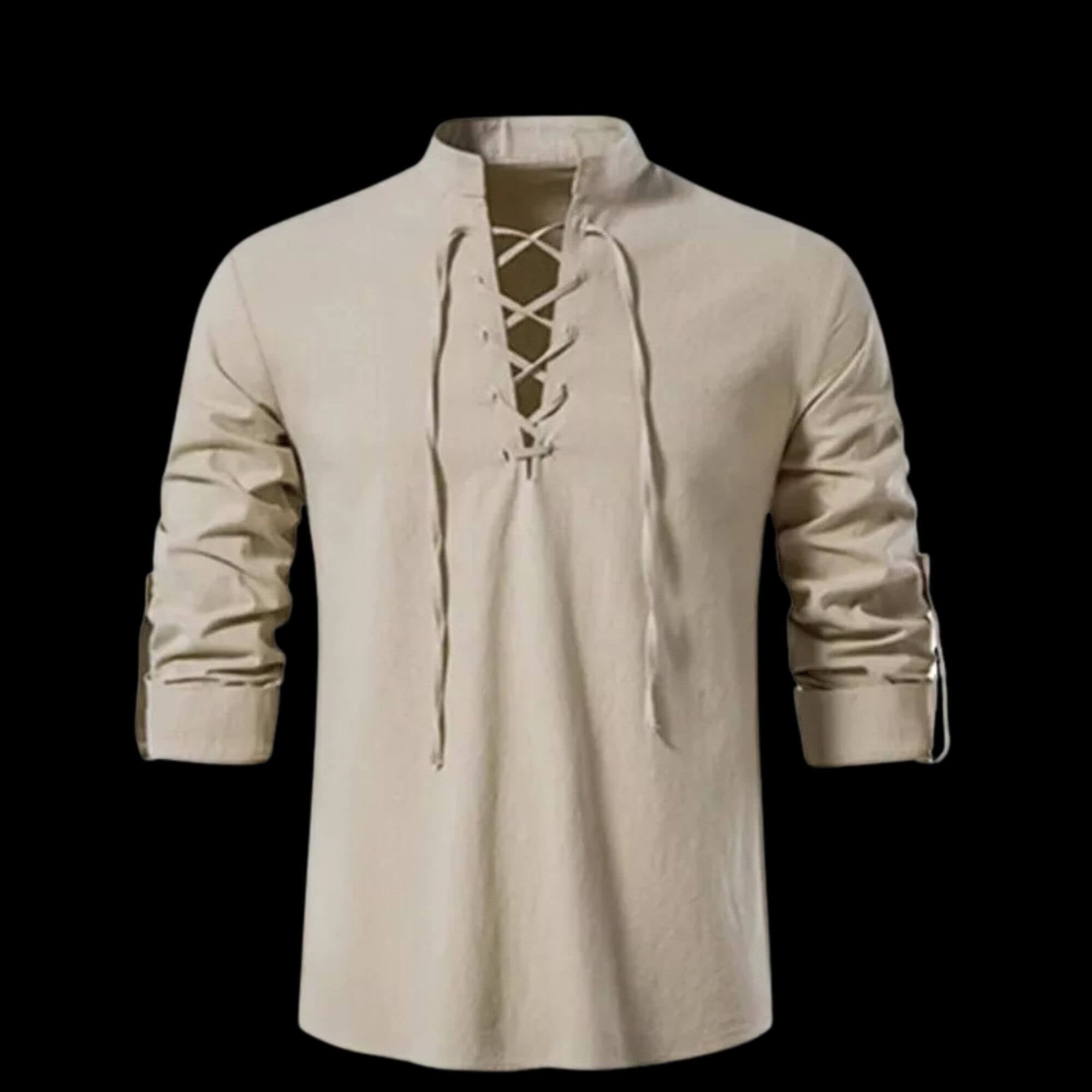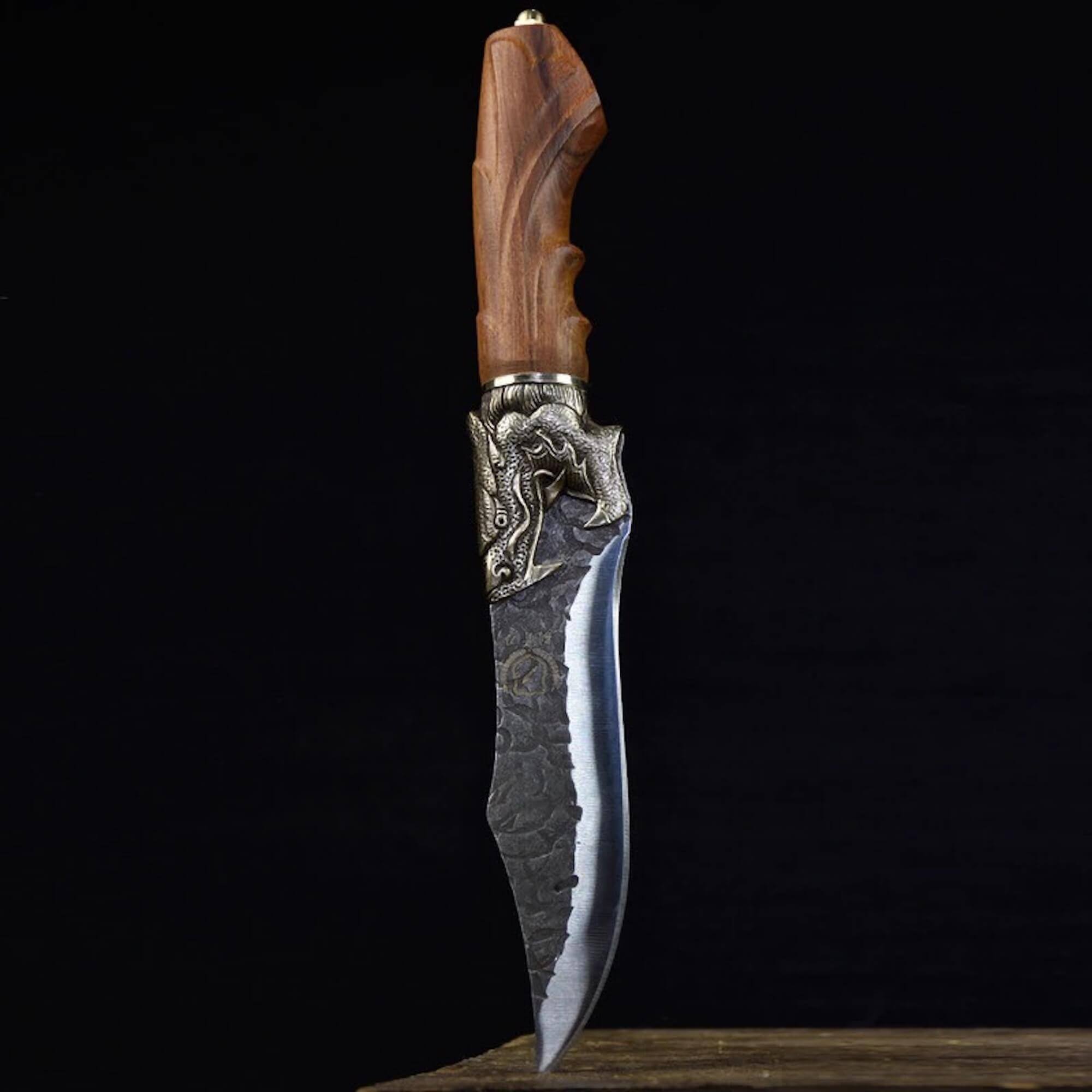
Fueling the Norse Spirit: A Journey Through the Viking Diet
When we think about ancient Norse culture, we imagine powerful gods, vast landscapes, and fierce warriors sailing into the unknown. But beyond the battles and myths, what truly supported the Viking spirit and sustained these Norse people through harsh Scandinavian winters? Let's take a closer look at the Viking diet—one rich in hearty, energy-packed ingredients, designed to fuel a people known for strength and endurance.
The Backbone of Viking Cuisine
The Viking diet was all about practicality. The cold Nordic climate influenced what they could grow and gather, making their meals diverse but grounded in staple foods that provided strength and warmth. This unique combination of local resources made their food filling and energizing—ideal for hard-working farmers, explorers, and warriors alike.
Grains and Breads: The Everyday Fuel
Grains like barley, rye, and oats were at the heart of Viking sustenance. Breads were dense, dark, and rustic—more a flat, chewy bread than today’s soft loaves. These were often made with a variety of grains and, occasionally, peas for extra nutrition. Here’s how you can make a version of this ancient bread:
Viking Bread Recipe:
Ingredients:
- 2 cups barley flour
- 1 cup rye flour
- 1/2 cup whole oats
- 1 cup water
- A pinch of salt
1. Mix all the ingredients to form a dough.
2. Flatten into a round shape.
3. Cook on a hot stone or bake in a preheated oven at 375°F (190°C) for 20-30 minutes.
The result is a dense, flavorful bread perfect for pairing with hearty stews or as a standalone snack.
Meat and Fish: The Viking Protein
Norsemen were skilled hunters and fishermen, which meant their diet was rich in protein. They ate beef, pork, lamb, and plenty of fish, often preserved by drying or smoking. One traditional Viking stew is a reminder of their love for rich, filling meals after a day’s work.
Viking Stew Recipe:
Ingredients:
- 1 lb beef or lamb, cubed
- 2 carrots, chopped
- 1 onion, chopped
- 2 cups broth (beef or vegetable)
- 2 potatoes, cubed
- Salt and herbs like thyme and rosemary
1. Brown the meat in a pot.
2. Add onions and carrots, cooking until softened.
3. Add the broth and potatoes, seasoning with salt and herbs.
4. Simmer for about 1.5 hours until the meat is tender.
This stew is nourishing and savory, ideal for cozying up during cold weather.
Dairy: A Vital Source of Nutrients
The Vikings also kept cows, goats, and sheep, allowing them to enjoy milk, cheese, and butter. Skyr, a thick and creamy dairy product, was a favorite of the Vikings and is still popular in Iceland today. Try making your own version of skyr for a taste of Viking heritage.
Homemade Skyr Recipe:
Ingredients:
- 1 gallon of whole milk
- 1/4 cup skyr or Greek yogurt as a starter culture
- Rennet (optional, for thickening)
1. Heat the milk to 185°F (85°C) and let it cool to 110°F (43°C).
2. Stir in the starter culture and rennet.
3. Keep the mixture at 110°F (43°C) for 5-6 hours until thickened.
4. Strain through cheesecloth to achieve the desired consistency.
This recipe yields a creamy, protein-rich treat that can be enjoyed as a snack or a meal.
Viking Beverages: Mead and Ale
A Viking feast wouldn’t be complete without a drink to celebrate their hard work. Water was the common daily drink, but Vikings also enjoyed mead, a honey-based fermented beverage, and ale. These drinks were more than just a treat; they were an essential part of Viking life, helping to build camaraderie and warm up on cold nights.
Traditional Viking Mead Recipe:
Ingredients:
- 3 lbs honey
- 1 gallon water
- 1 packet of wine yeast
1. Boil the water and dissolve the honey in it.
2. Once cooled to room temperature, add the yeast.
3. Ferment in a sealed container with an airlock for 4-6 weeks.
4. Bottle and age for at least six months for a rich, sweet taste.
Ale, made from barley, was another daily staple, often safer to drink than water, which could carry contaminants.
By exploring Viking food and drink, we gain a taste of the resilience and resourcefulness that defined these people. Their meals were more than sustenance; they were a reflection of a lifestyle built around strength, community, and survival in a challenging environment. So why not try creating some Viking dishes yourself? In every bite, you’ll savor a piece of Norse heritage that has withstood the test of time.




